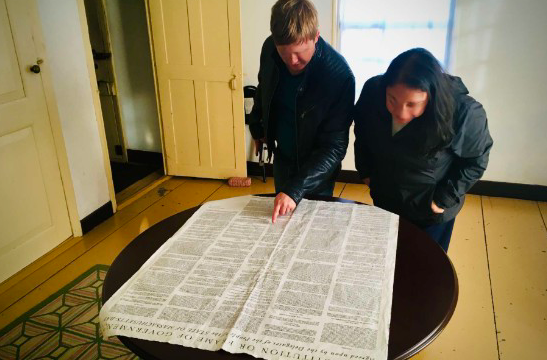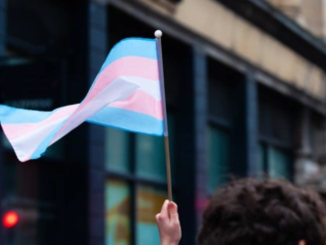
Amid today’s heated debates about gun laws and the Second Amendment, what many people may not realize is that the phrase “the right to keep and to bear arms” is older than the Bill of Rights. It was penned years before the United States won its independence from England.
In 1779, Founding Father and then-future president John Adams wrote this phrase at his law office in Quincy, Mass., as he drafted the Massachusetts Constitution — the oldest in the world. He did so a decade before the phrase appeared in the Second Amendment of the U.S. Constitution.
Today’s tourists can visit the site where Adams drafted the document and authored the powerful words, as part of the Adams National Historical Park.
Interest in the “right to keep and bear arms” has only grown as the Supreme Court shot down a New York law that had made it difficult for citizens to carry concealed weapons.
The Supreme Court’s 6-3 decision this past Thursday, June 23, is widely seen as a victory for the Second Amendment.
The phrase “the right to keep and to bear arms” is codified in Article XVII of the Massachusetts Constitution, which Adams wrote in his office as a “subcommittee of one,” as he called himself.
Massachusetts voters in 1780 approved the document. It went into effect later that year while the American Revolution still raged elsewhere in the colonies.
The U.S. Constitution was not ratified until 1789.
Adams created modern constitutional government in the office of his simple 17th-century saltbox-style colonial home — better known today as the John Quincy Adams Birthplace.
It’s where John and Abigail Adams raised their family, including the sixth president of the United States, John Quincy Adams.
John Adams himself was born in another saltbox-style home right next door, a similar structure but unadorned with paint. The plot of land with the two original period homes just outside Boston is the only place in America where two presidents were born.
Among the few artifacts in the John Quincy Adams Birthplace is a copy of the Massachusetts Constitution, containing the phrase “the right to keep and to bear arms” — along with many other foundations of constitutional government.
A bicameral legislature, a system of checks and balances and a bill of rights all appeared in the Massachusetts Constitution a decade before Adams helped secure them in the U.S. Constitution.
The Massachusetts Constitution specifically notes the right of citizens to keep and to bear arms “for the common defense.”
The U.S. Constitution does not specify for the common defense. It also adds that the phrase “the right to keep and bear arms” is one that “shall not be infringed.”
The Boston Massacre, in which soldiers shot and killed unarmed civilians in 1770, reinforced in the minds of colonists their desire to be armed against government, scholars have argued.
Adams was certainly familiar with the colonial sentiment. The attorney famously defended the eight British soldiers charged in the massacre.
The states of North Carolina, Pennsylvania and Vermont all have declarations of rights that precede the U.S. Constitution and mention a “right to bear arms.”
But none contain the turn of phrase by Adams about the rights both “to keep” and “to bear” arms. One means to possess; the other means to carry.
Adams wrote the Massachusetts Constitution two years before the end of the American Revolution and four years before the Treaty of Paris (negotiated by Adams) officially recognized American independence.
Massachusetts, which booted out the British in 1776, was a free, independent, constitutional republic — the first of its kind — while the war raged on elsewhere in the American colonies.
“The right to keep and bear arms” is older than the nation itself.
* Article from: Fox News


